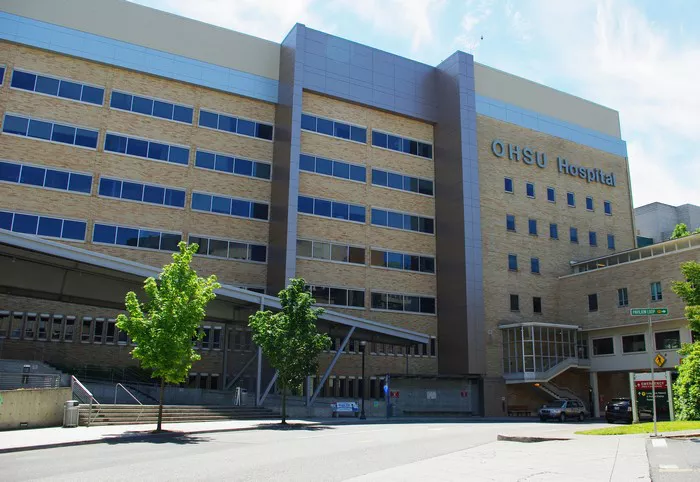Piles, medically known as hemorrhoids, are a common yet often uncomfortable condition affecting millions worldwide. They can range from mildly irritating to severely painful, impacting one’s quality of life. Understanding piles, their causes, and effective management strategies is crucial for those grappling with this condition.
1. Understanding Piles:
Piles refer to swollen blood vessels in the rectal area, which can occur internally or externally. Internal piles develop inside the rectum, while external piles form under the skin around the anus. Thrombosed piles occur when blood pools in external piles, causing significant pain and swelling.
Common causes and risk factors of piles include:
Constipation: Straining during bowel movements due to hard stools can increase pressure on the rectal veins, leading to piles.
Pregnancy: Hormonal changes and increased pressure on the pelvic area during pregnancy can contribute to the development of piles.
Straining: Activities such as heavy lifting or prolonged sitting on the toilet can strain the rectal area, increasing the risk of piles.
Age: As people age, the tissues supporting the veins in the rectum weaken, making them more susceptible to piles.
Symptoms associated with piles may vary depending on their type and severity. Common symptoms include:
Bleeding during bowel movements.
Pain or discomfort, especially during sitting or bowel movements.
Itching or irritation in the anal region.
Swelling or lumps around the anus.
2. Immediate Relief Strategies:
When experiencing piles symptoms, immediate relief measures can help alleviate discomfort. Some effective strategies include:
Warm sitz baths: Soaking the affected area in warm water for 10 to 15 minutes several times a day can help reduce pain and inflammation.
Over-the-counter medications: Non-prescription pain relievers and anti-inflammatory drugs can provide temporary relief from pain and discomfort.
Topical creams and ointments: Products containing ingredients like witch hazel or hydrocortisone can help reduce swelling and itching.
Cold compresses: Applying cold packs or ice packs to the affected area can help numb pain and reduce swelling.
High-fiber diet and increased water intake: Consuming fiber-rich foods and staying hydrated can soften stools, making them easier to pass and reducing strain on the rectal veins.
3. Treatment Options:
While immediate relief strategies can offer temporary relief, more severe cases of piles may require additional treatment options:
Home remedies: Home remedies such as applying aloe vera gel or using over-the-counter suppositories may provide relief for mild cases of piles. However, their effectiveness can vary, and they may not be suitable for everyone.
Over-the-counter medications: Stool softeners, such as psyllium husk, can help alleviate constipation and reduce straining during bowel movements. Pain relievers and anti-inflammatory drugs can also be used to manage symptoms.
Minimally invasive procedures: For persistent or severe cases of piles, minimally invasive procedures like rubber band ligation, sclerotherapy, or infrared coagulation may be recommended. These procedures aim to shrink or remove the piles and are usually performed on an outpatient basis.
Surgical options: In rare cases where other treatments have failed or for complex cases, surgical removal of piles may be necessary. Procedures such as hemorrhoidectomy involve surgically removing the piles and are usually reserved for severe cases.
4. Prevention Tips:
Preventing piles involves adopting healthy lifestyle habits and making dietary adjustments:
Dietary recommendations: Consuming a diet high in fiber from fruits, vegetables, and whole grains can promote regular bowel movements and prevent constipation.
Hydration: Drinking plenty of water throughout the day helps soften stools and prevent dehydration, reducing the risk of piles.
Regular exercise: Engaging in regular physical activity, such as walking or swimming, can improve digestion and promote healthy bowel movements.
Healthy bowel habits: Avoid straining during bowel movements and refrain from prolonged sitting on the toilet, as it can increase pressure on the rectal area.
5. Product Recommendations:
For those seeking over-the-counter products for piles relief, several options are available:
Preparation H: This widely recognized brand offers a range of products, including creams, ointments, and suppositories, designed to provide relief from piles symptoms.
Tucks: Tucks Medicated Cooling Pads contain witch hazel, which can help soothe itching and discomfort associated with piles.
Doctor Butler’s Hemorrhoid & Fissure Ointment: Formulated with natural ingredients like aloe vera and calendula, this ointment provides relief from pain, itching, and swelling associated with piles.
When purchasing over-the-counter products, it’s essential to choose reputable brands and consult with a healthcare professional if you have any concerns or underlying medical conditions.
Conclusion
In conclusion, managing piles involves a combination of understanding the condition, implementing immediate relief strategies, exploring treatment options, adopting preventive measures, and utilizing suitable products. By taking proactive steps to address piles symptoms and promote rectal health, individuals can effectively manage this common yet challenging condition.
FAQs
Which food is best for piles?
Consuming a diet rich in fiber is beneficial for piles. Foods like fruits, vegetables, whole grains, and legumes can help soften stools, making them easier to pass and reducing strain during bowel movements, which can alleviate symptoms of piles.
How can I heal piles naturally?
Natural remedies for piles include maintaining a high-fiber diet, staying hydrated, practicing good hygiene, exercising regularly, avoiding straining during bowel movements, and using topical treatments like witch hazel or aloe vera gel. These methods can help reduce symptoms and promote healing.
What are the main causes of piles?
Piles, also known as hemorrhoids, can be caused by various factors including straining during bowel movements, chronic constipation or diarrhea, sitting for prolonged periods, obesity, pregnancy, and aging. These factors contribute to increased pressure on the veins in the rectal area, leading to the development of piles.
Related topics:
- Understanding and Treating Lip Blisters: Your Comprehensive Guide
- Bacterial Infections on the Lips: Causes, Symptoms & Treatment
- Understanding Diabetes: Types, Comparisons & Support


